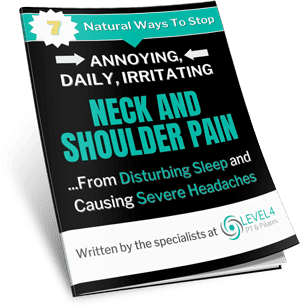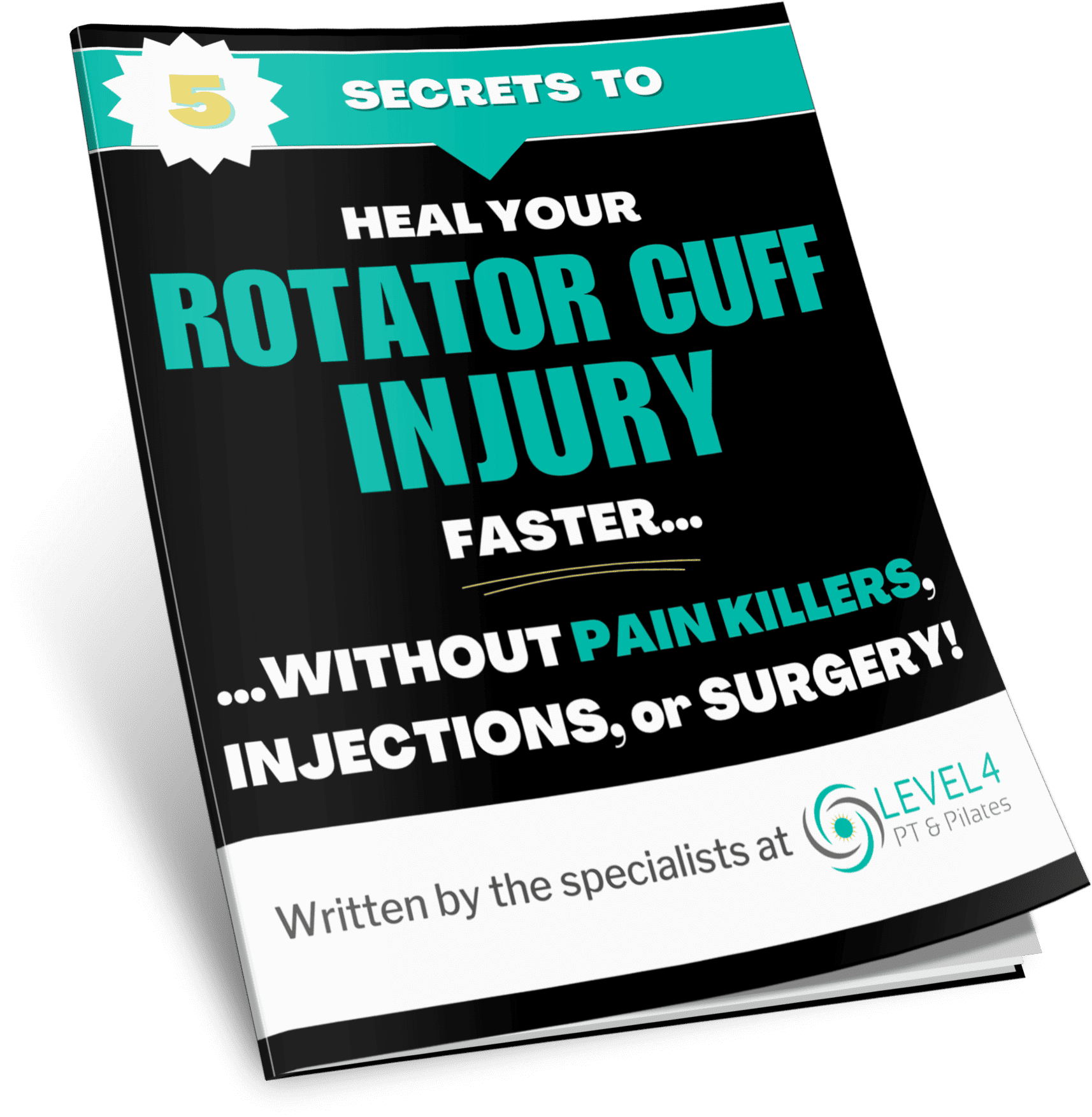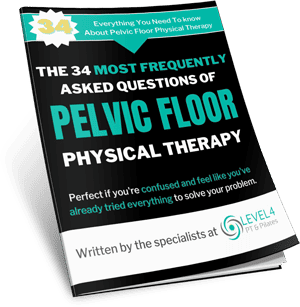What’s the largest cause of hospital admissions for older people?
If the title of this article (“Why Are Falls So Dangerous for Seniors?”) didn’t give it away for you… you might guess that it’s the latest winter flu bug.
But you’d be wrong – it’s a more everyday problem.
One in 4 people aged 65+ go to the hospital in the United States every year after falling.

Why Are Falls So Dangerous for Seniors?
Hold on tight… the worst is coming!
While cancer and heart disease are known for being lethal, deaths from these health issues have actually declined over time.
Conversely, death rates from falls have increased, particularly among the elderly.
According to the Centers for Disease Control and Prevention (CDC), falls are the number one cause of fatal and non-fatal injuries in Americans aged 65 and older.
Approximately 30,000 adults aged ≥65 years died as the result of a fall in 2016, but how can such a seemingly harmless accident be life-threatening?
Read last week’s blog: < Falls In The Elderly: 3 Common Causes > to learn more.
How Falls Affect the Elderly and Increase the Risk of Death
Depending on how a person lands when they fall, they could experience anything from a broken hip to a traumatic brain injury (TBI).
Fractured bones and soft tissue injuries are the most common injuries.
Unfortunately for seniors, even minor trauma can require hospitalization, and many never regain the level of functionality and confidence they enjoyed before the incident.
Advanced age, frailty and pre-existing medical conditions mean that older individuals are less likely to recover from their injuries.
A study conducted by researchers at the University of Mississippi found that seniors older than 70 experienced a three-fold increase in their risk of death after a fall when compared with those 69 and younger.
According to the CDC, trauma to the brain was the cause of death in 41% of fall fatalities among seniors in 2010.
However, even with a less serious injury, like a broken bone, the course of treatment and prognosis are still complicated.
Hip fractures often require surgical procedures involving sedation and further trauma—two things that can jeopardize an older person’s life.
Women are more prone to breaking a bone after a fall because of a greater likelihood of having osteoporosis.
Even if a senior survives the fall and subsequent medical care, a longer recovery time translates to a longer hospital stay.
This leaves the elderly more vulnerable to hospital-acquired infections, such as pneumonia, sepsis, C. diff, and catheter-associated urinary tract infections (UTIs).
Matters can be complicated further if an infection is resistant to commonly used antibiotic drugs.
Non-Fatal Falls Have Long-Term Effects
Complications from a fall can ultimately render a senior incapable of caring for themselves.
Only 22% of seniors in the University of Mississippi study could handle living on their own after being released from the hospital following a fall.
After such a traumatic and painful incident, many older individuals reduce their activity levels due to a fear of falling again.
This reaction is understandable but can lead to increased frailty and risk of a repeat fall.
Changes in mental state, such as depression, delirium, or even dementia can develop as well.
Prevention Is Key
Many older people with mobility issues assume that there’s not much they can do to prevent falls.
But despite their fears, falls don’t need to be an inevitable part of growing older.
You can do things to keep either yourself, your parent(s) and older relative or friend safer.
Not every accident can be avoided but taking certain precautions can extend a senior’s independence and greatly reduce their risk of injury and death.
The important question of what we need to do as a society to help our older seniors take care of themselves.
Instead of just treating falls as they happen, the focus should be on what we can do to help older people avoid them in the first place.
Remaining Active and Independent
Balance problems and muscle weakness are a major cause of falls.
If it’s appropriate, encourage your loved one to improve their strength by joining appropriate exercise classes or other physical activities to strengthen specific muscle groups.
A recent study shows that a tailored exercise program can reduce the risk of falling by up to 50%.
Exercise is great for mental health and confidence, too…
And we have something to help you, and a loved one understand more about it and get back to living life more confidently, without losing your independence.
Announcing –
‘Better Balance and Less Falls Program’
Finally… A program focused on preventing the issue… Because so many people are suffering with balance and falls problems – we have introduced Educational Classes and program to help people frustrated by this problem…
Our top Balance and Falls specialist will be hosting an event free for you to come along with a loved one at LEVEL4 PT & Wellness, to help show you a way to get back to living the life on your feet, and find out more about why you’re feeling more ‘unsteady’ or ‘dizzy’, than normal.
If this sounds like you, or if you’re worried about someone you know falling – give us a call at (760) 503-4440 and we’ll tell you when our next ‘Better Balance and Less Falls Program Event’ is being held, and how we can help you.
Don’t let a fear of falling get in the way of living life independently.
I hope to see you there!
Dedicated to your health,
Dr. Oscar Andalon 🙂
- Can Physical Therapy Help My Muscles After Having Covid? - January 26, 2022
- The Real Story Behind What’s Causing Your Sciatica - August 30, 2021
- Should I Have Surgery to Repair a Tear in My Rotator Cuff? - February 9, 2021


















